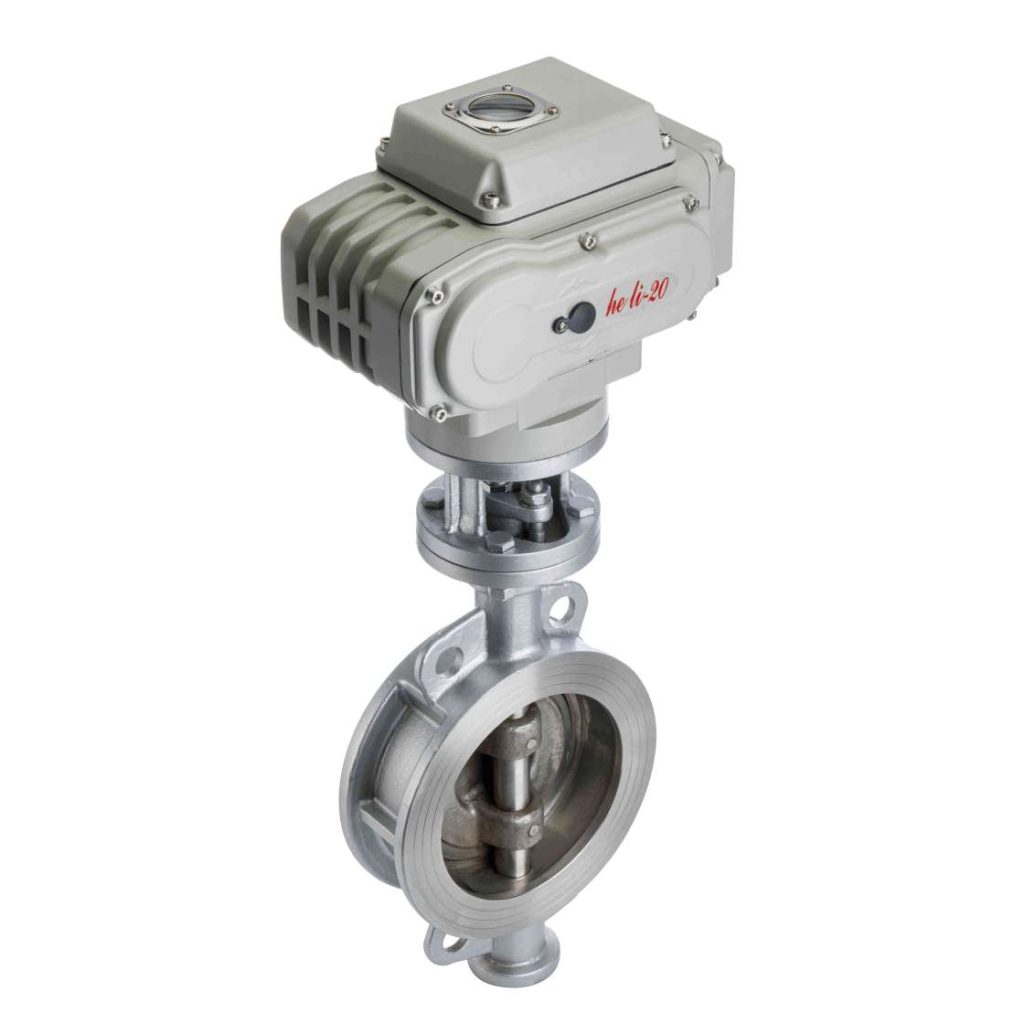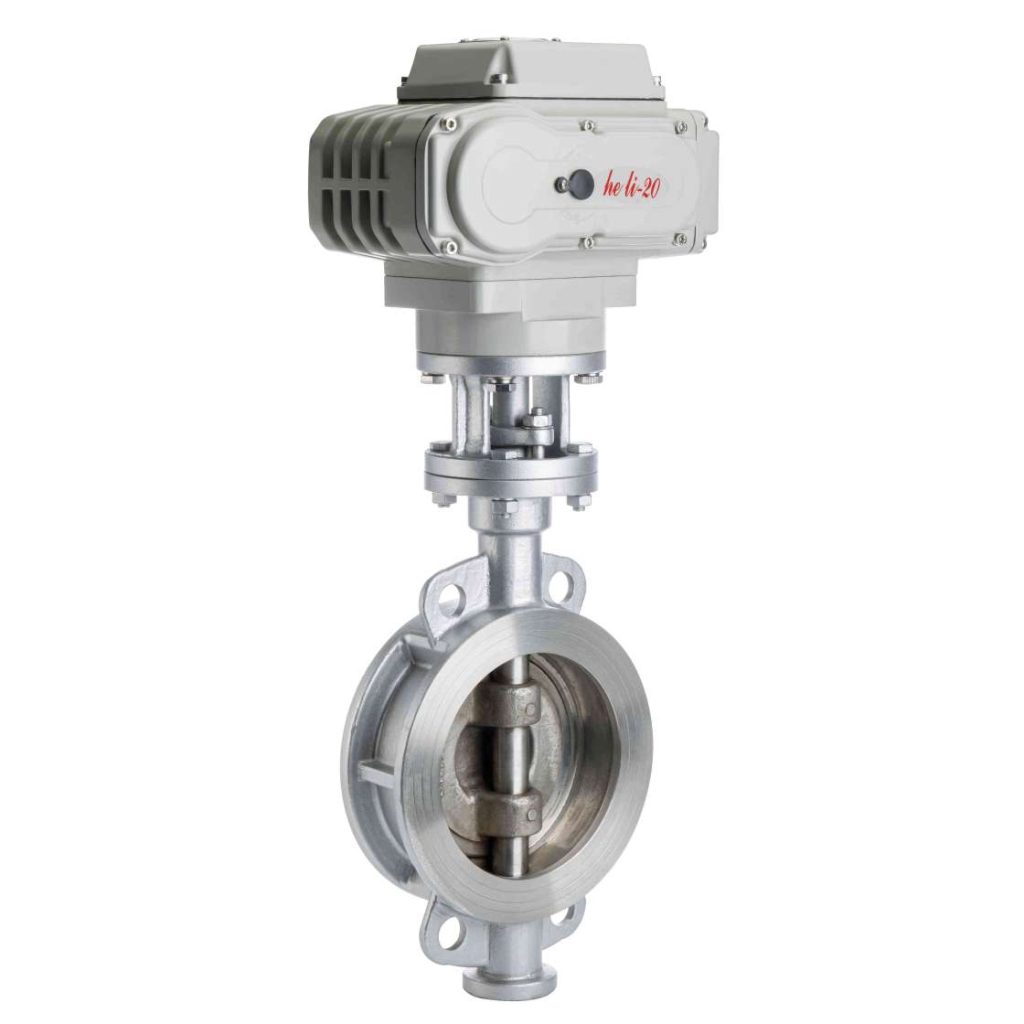The WCB Electric Three Eccentric Butterfly Valve is an advanced solution for fluid control systems, widely used in a variety of industries including chemical, petroleum, water treatment, and HVAC applications. This innovative valve design combines high performance with reliability, offering an enhanced method of regulating the flow of liquids and gases. The introduction of the electric actuator mechanism has further elevated its operational efficiency, making it an ideal choice for automated systems. In this article, we will explore the technical features, advantages, applications, and benefits of the WCB Electric Three Eccentric Butterfly Valve, as well as its role in modern fluid control technology.

Understanding the Structure and Working Principle

The WCB Electric Three Eccentric Butterfly Valve is primarily characterized by its three eccentric design, which significantly improves its sealing performance and operational longevity. The valve consists of a disk (the butterfly) that is mounted in the center of a pipe. The three eccentrics refer to the axial, radial, and centerline shifts between the valve seat and the shaft. These eccentricities result in a smoother valve operation, preventing seat damage that is common in traditional butterfly valves. The electric actuator allows for precise control of the valve position, enabling remote operation in automated systems. The actuator is powered by electricity and can be controlled by a digital controller or a programmable logic controller (PLC), making it an ideal solution for modern, automated industrial environments.
